Mer Bleue, as with all areas in April, is in transition - the snow and ice are gone, signs of regeneration and growth are starting to show. It was a very windy, cool day when we visited and few animals were evident (not that Mer Bleue is an overwhelming wildlife area). A muskrat did a quick swim across some open water, two painted turtles were huddled together, one lone Canada Goose showed its head (although there likely was a mate on a nest nearby.)
The overwhelming scene is last year's cat-tails that are disintegrating and spreading seeds. The beavers maintain channels through the cat-tails. The last photo shows a beaver lodge, and leftover winter larder, in the right centre and a muskrat lodge in amongst the cat-tail bottom right.
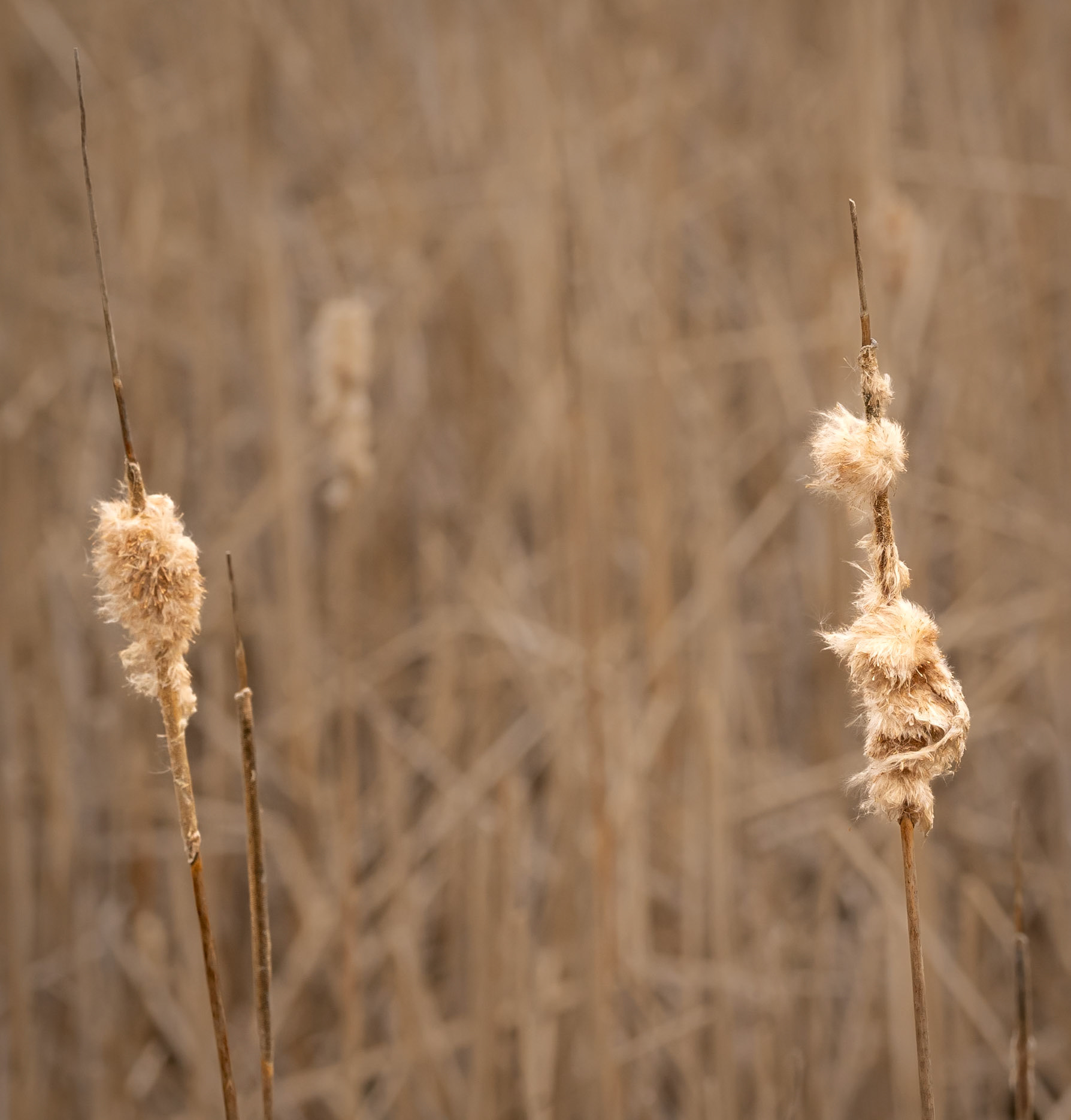
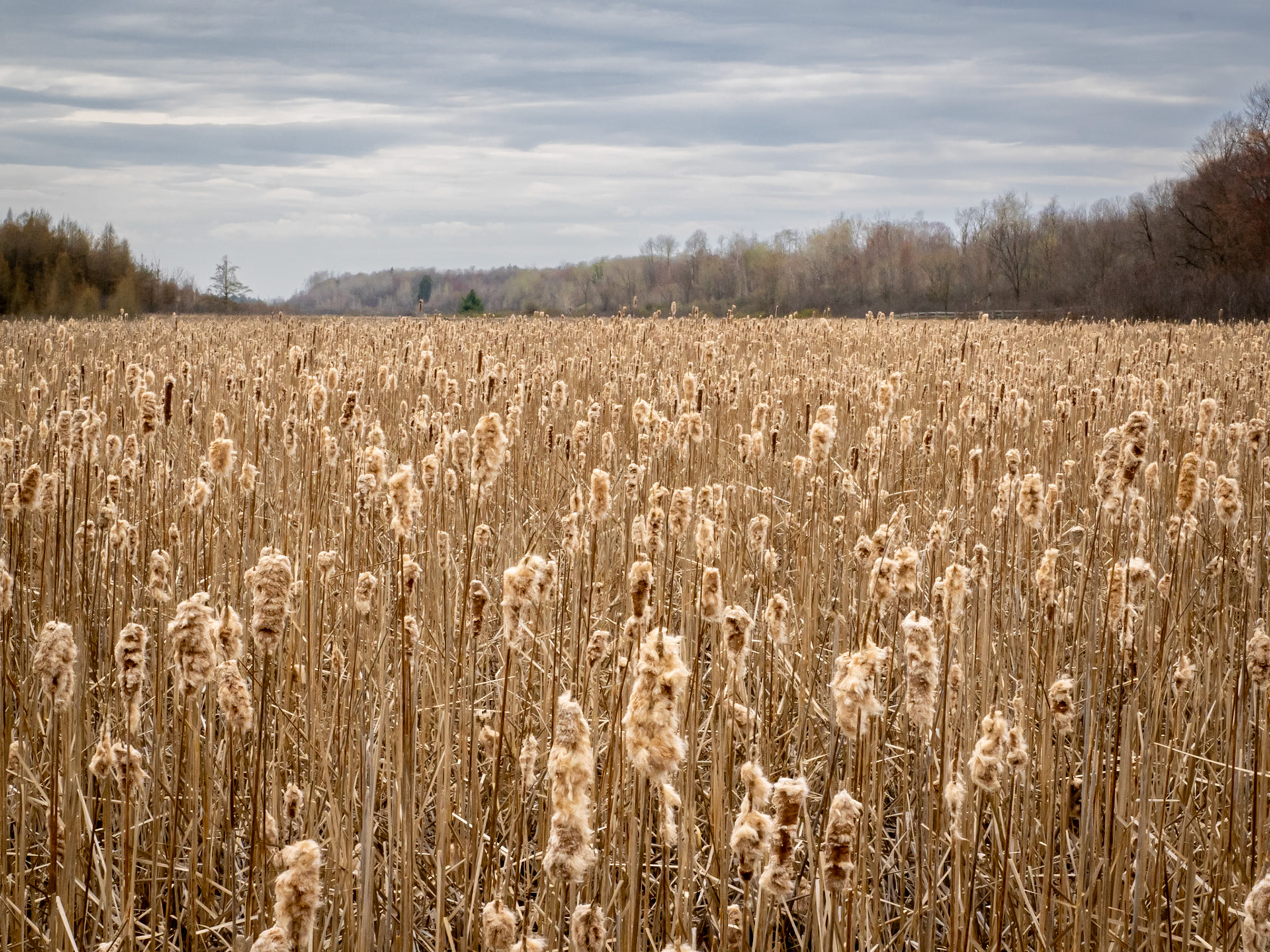
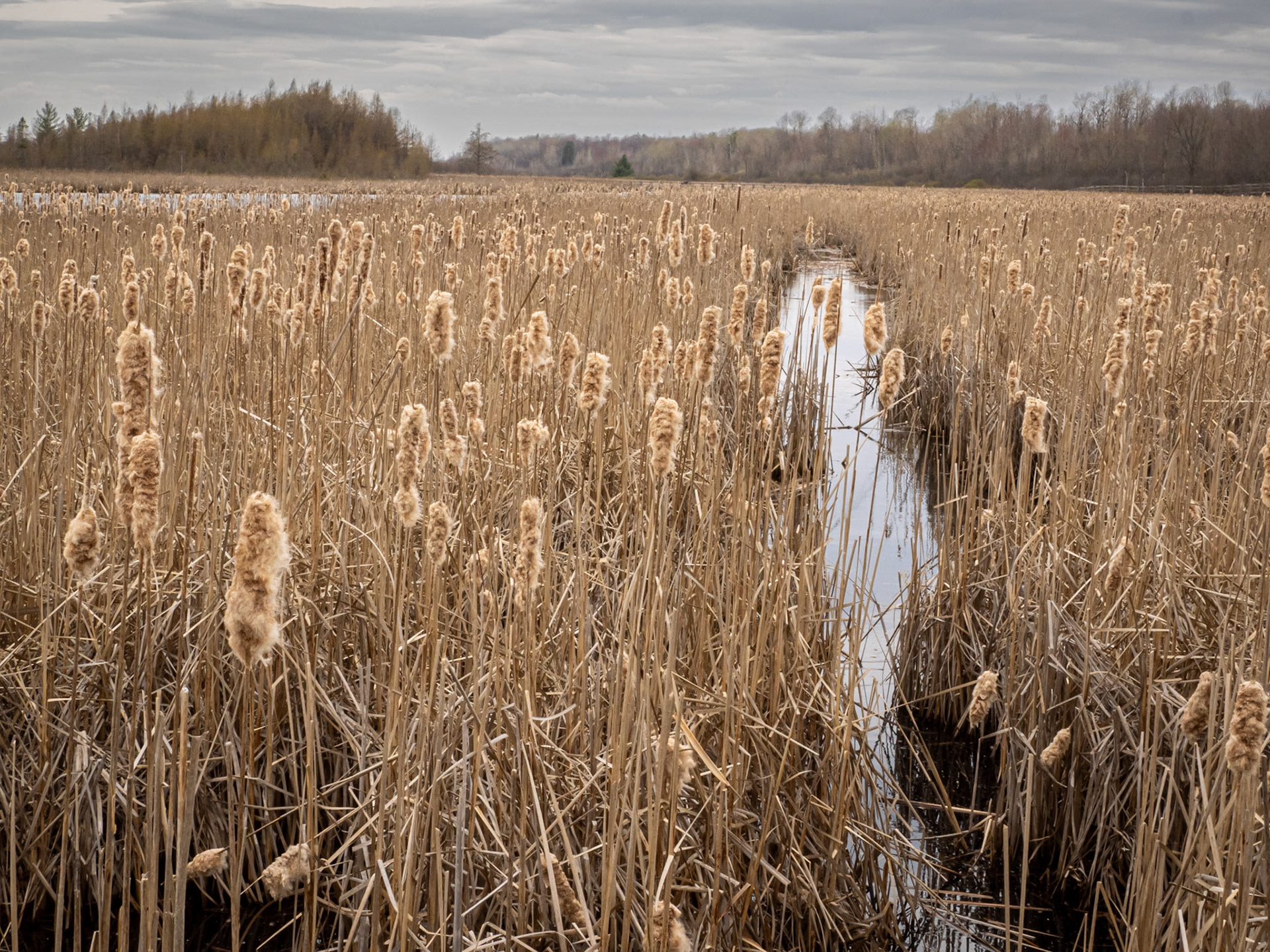
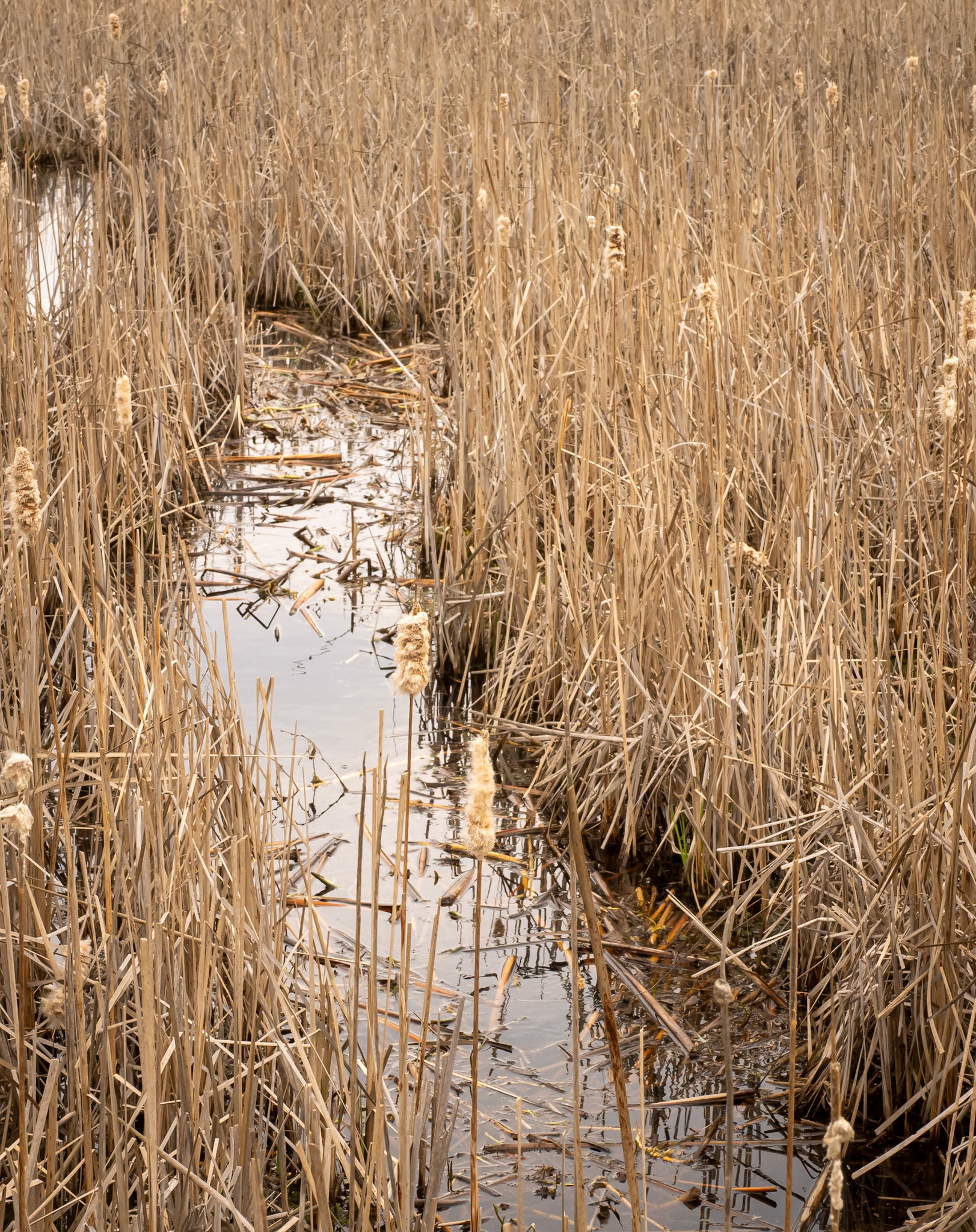

In amongst the dead cat-tails, some very limited new growth is showing of this year's cat-tail crop. The moss is greening up very nicely.


In the more boggy areas, new growth is starting to show.
The pussy willows have "bloomed"

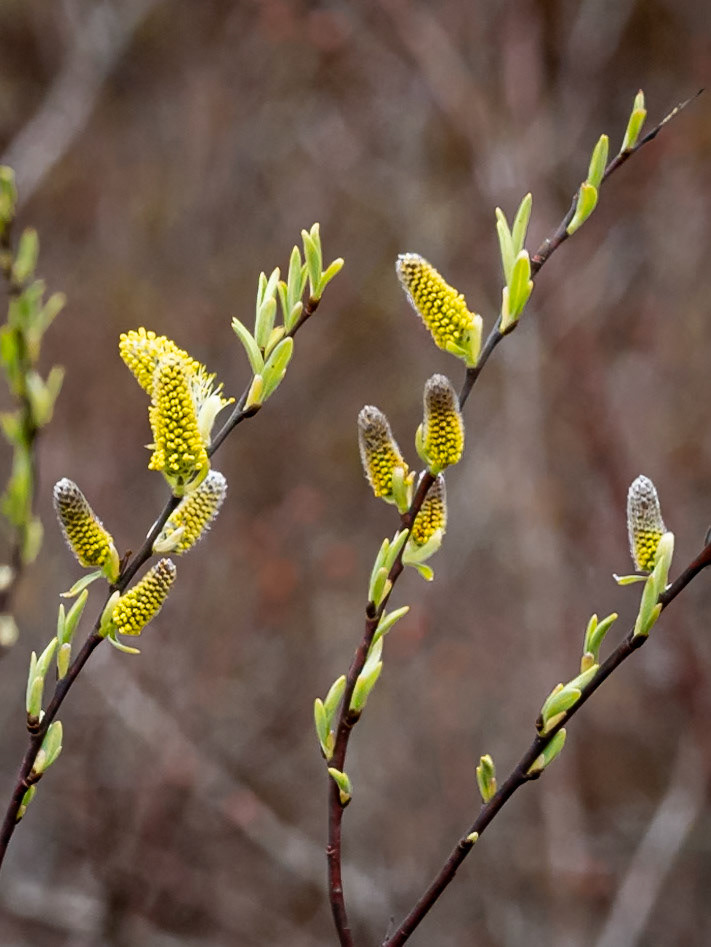
The leatherleaf (?) is in bloom
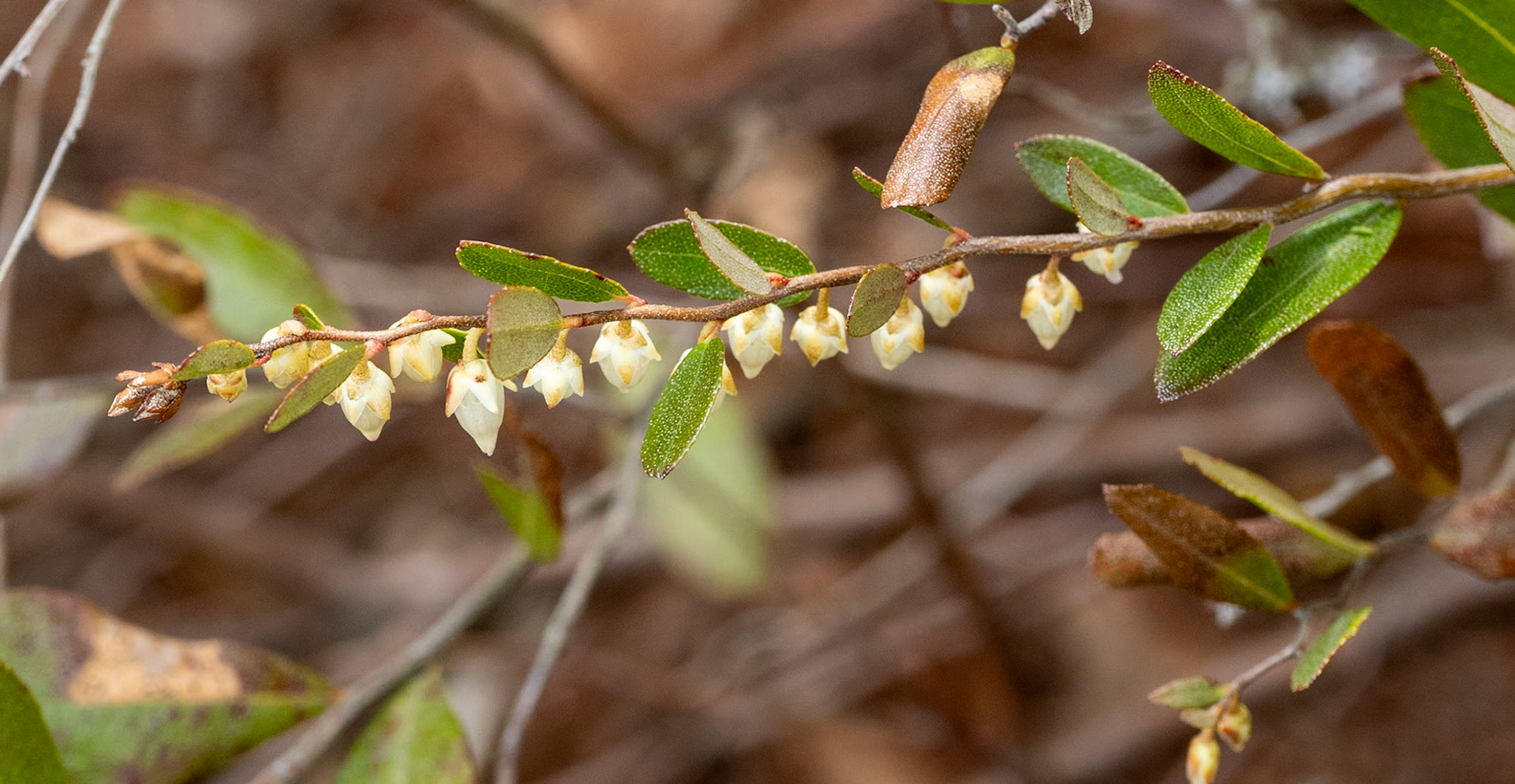

The pine trees growing in the bog have taken on a bright green
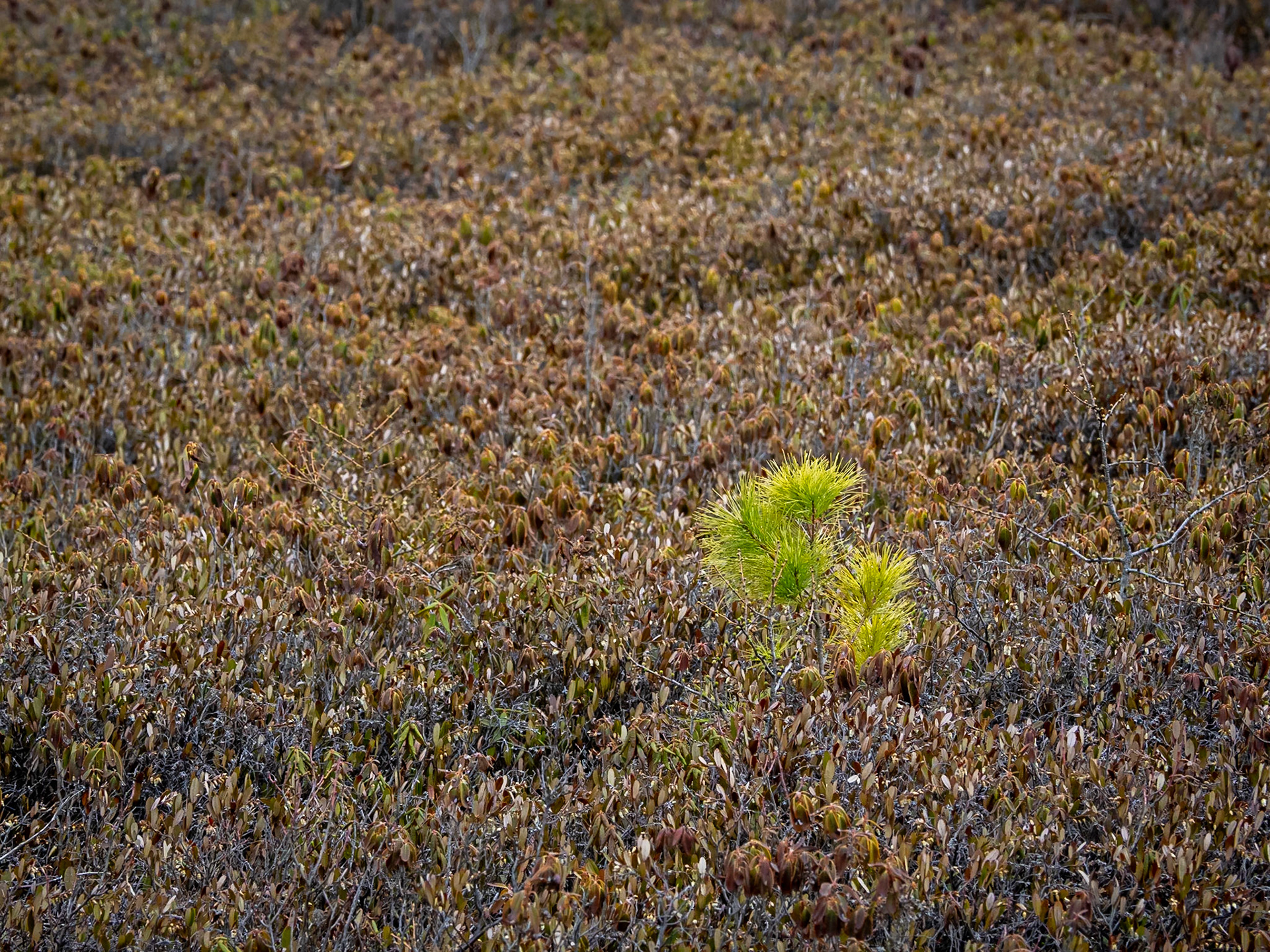

The sheep laurel leaves (which I don't believe fall off in the fall) are looking fresher
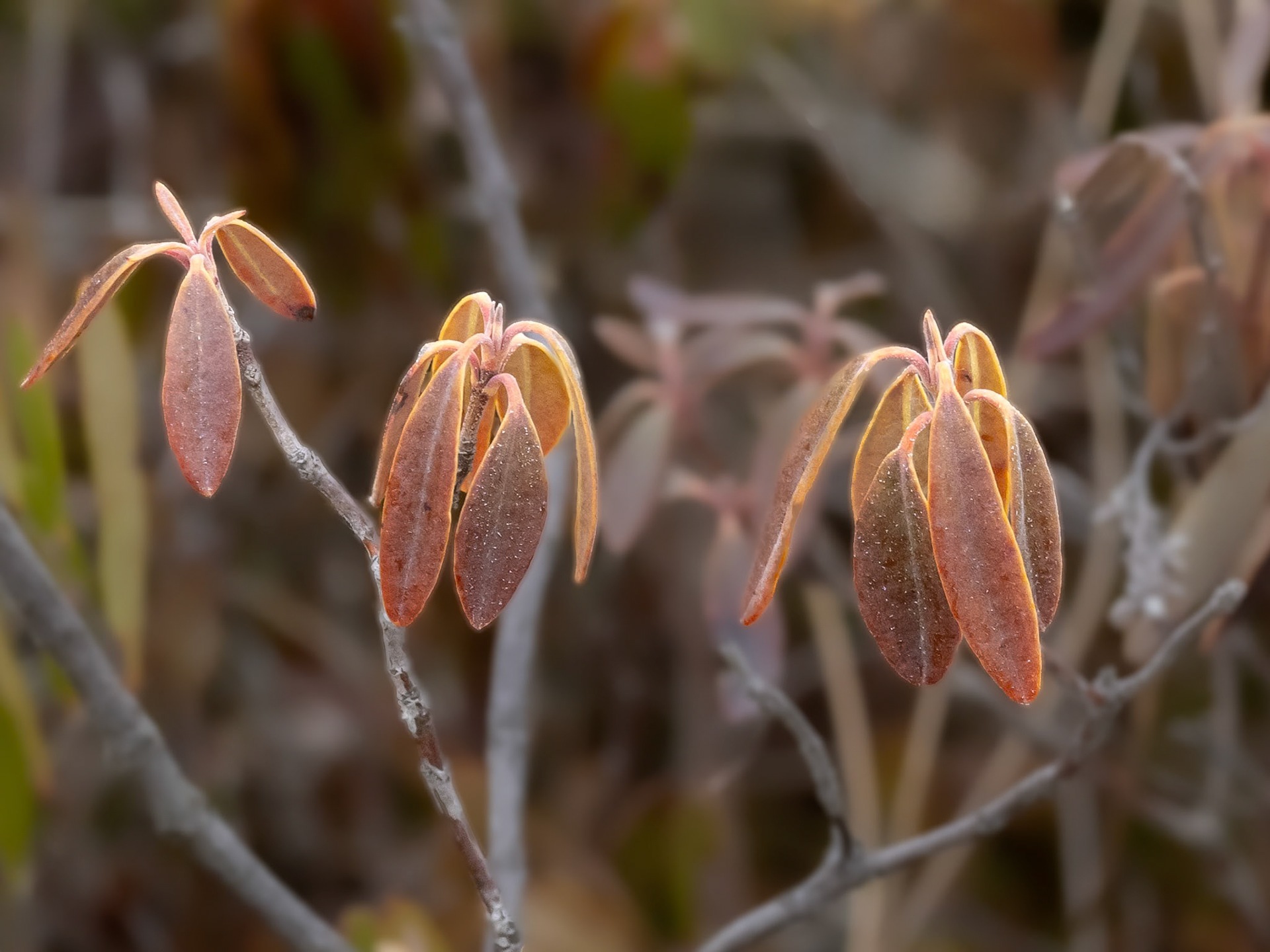
The tamarack trees are starting to bud with small reddish cones, green needles and small brown growths.
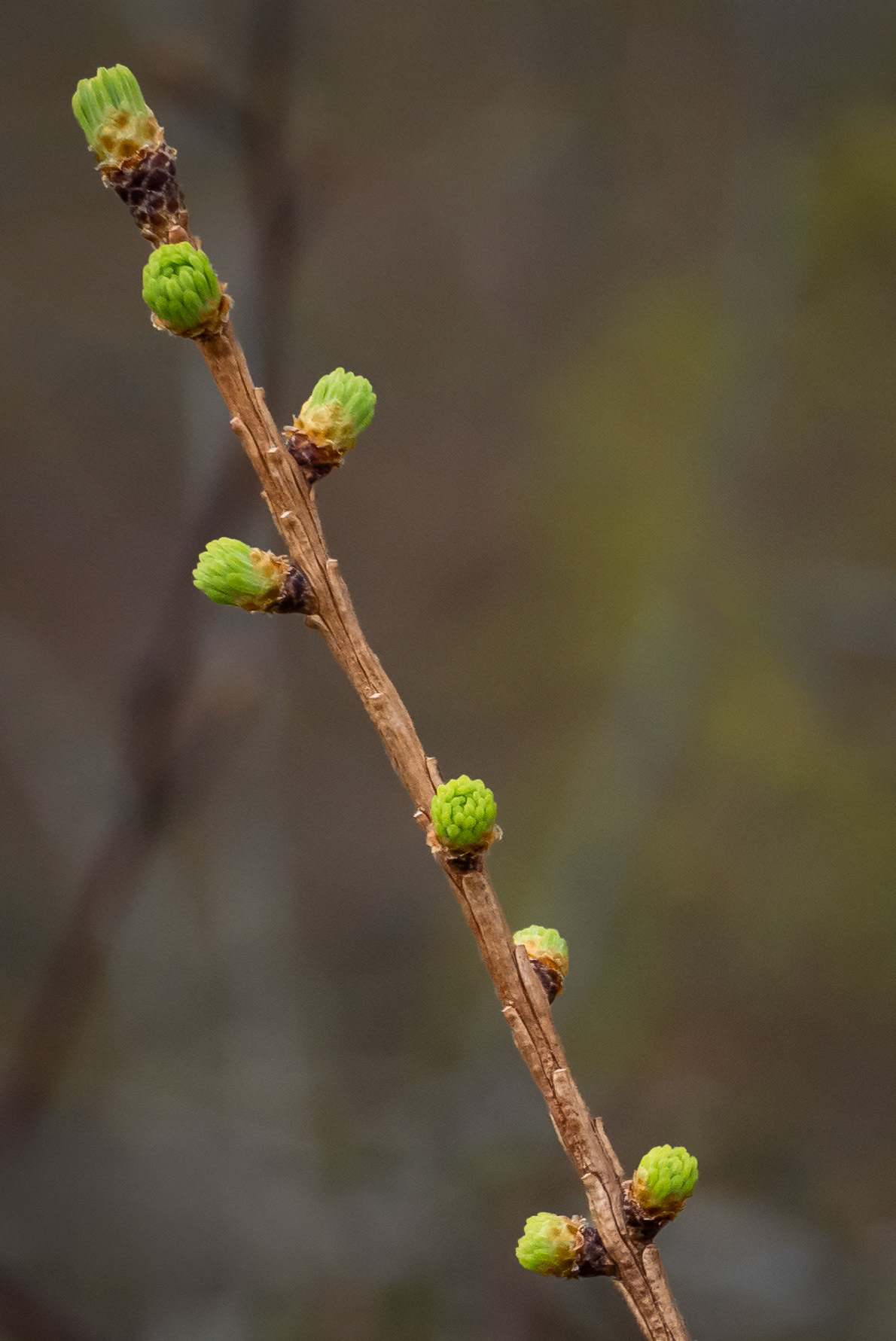
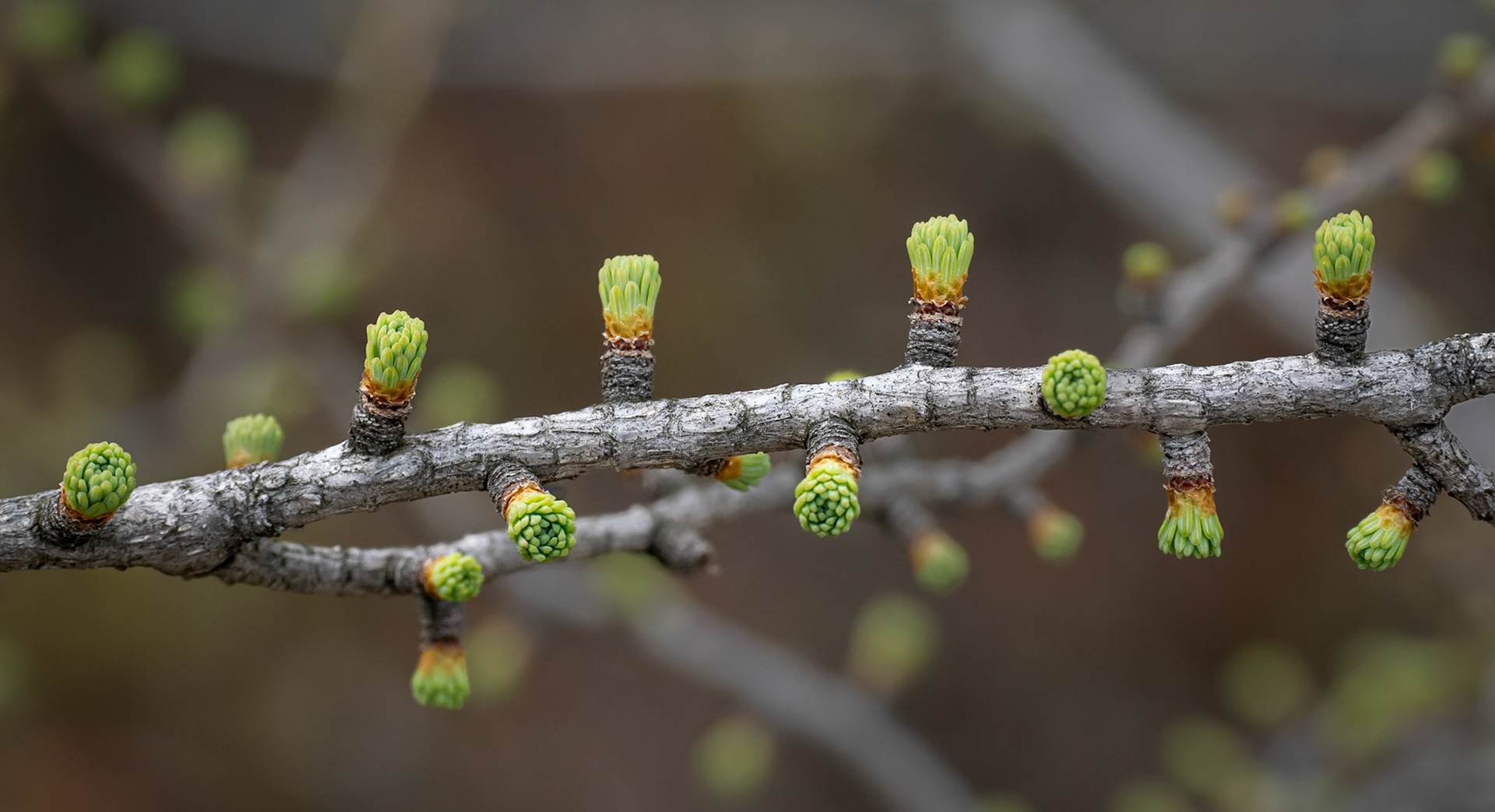

One of the relatively few Mer Bleue wild flowers is coming to the end of its blooming season - the coltsfoot
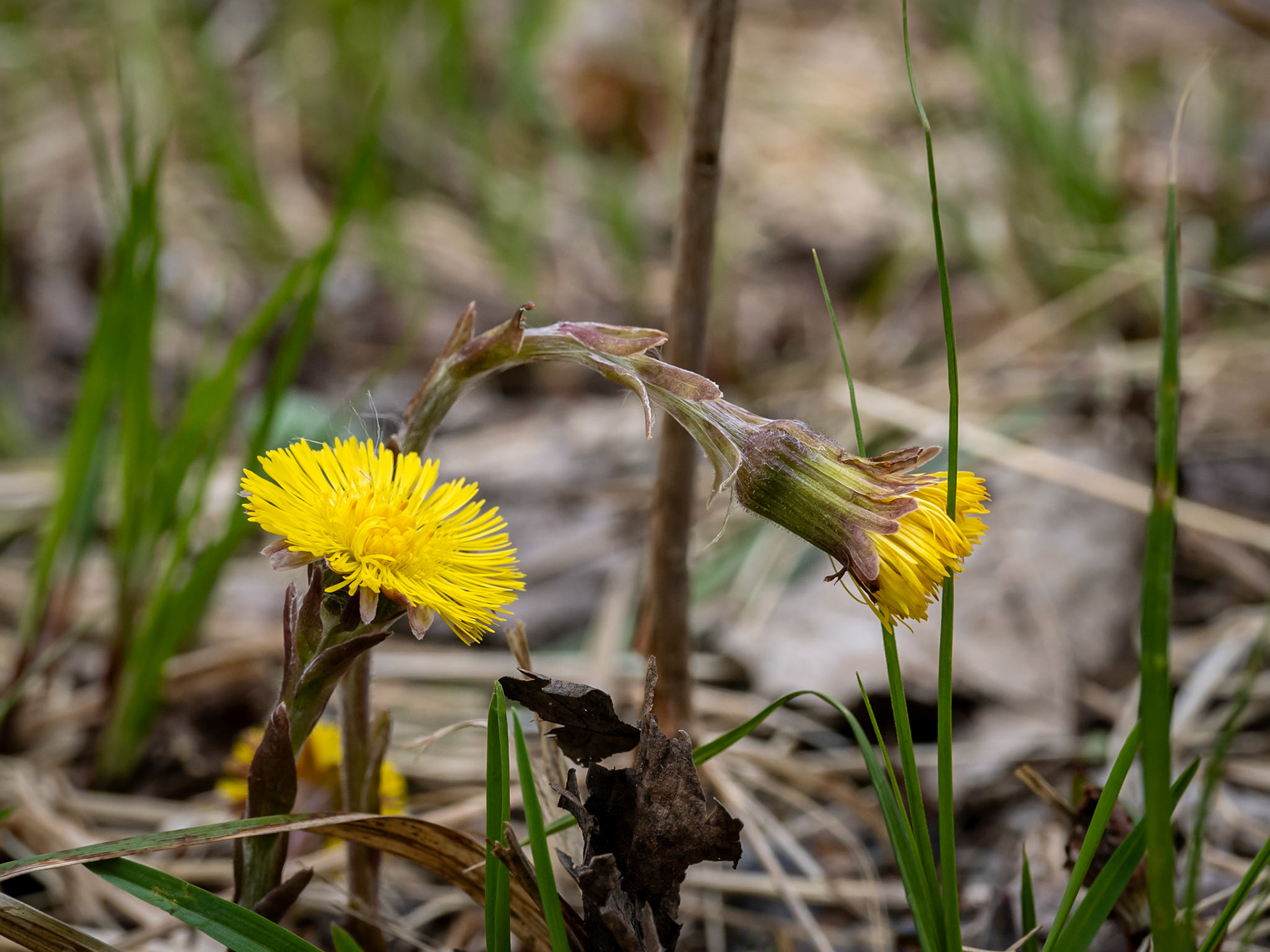
The "regular" winter bird feeding in the corner of the parking lot is winding down, but there were a few chickadees, grackles, red-wing blackbirds and doves checking out what they could find. They were accompanied by a good number of red squirrels as well. The wild turkeys were up the road as we drove in.
A few Juncos were ground feeding as per normal, but this day there were 2-3 white=throated sparrows that I tend to only notice in the spring. (I didn't have my long lens with me, so no close-ups🙄)

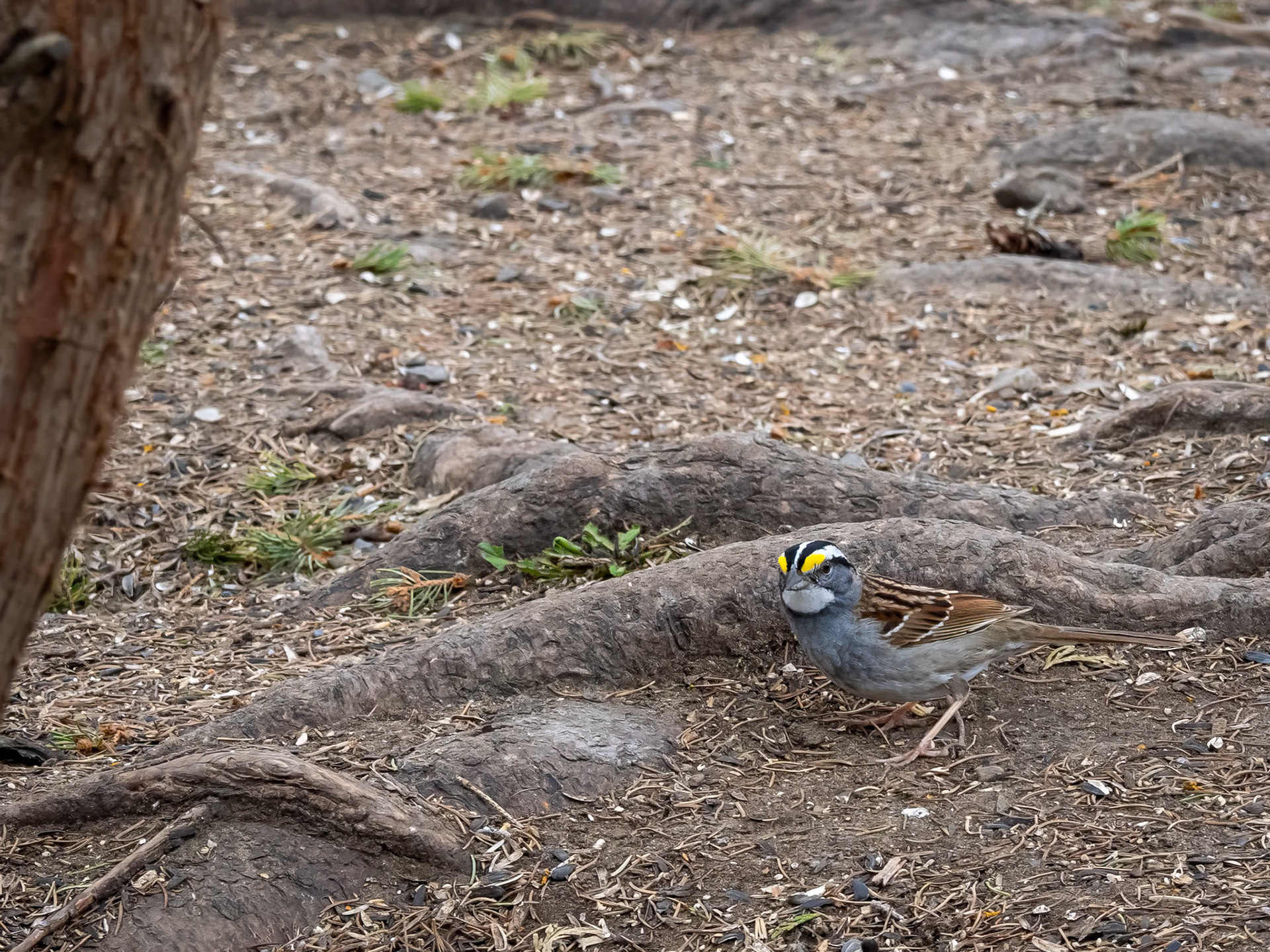
Up the road at the Dewberry trail, the intensive winter feeding was over as well, only a female downey was in sight
